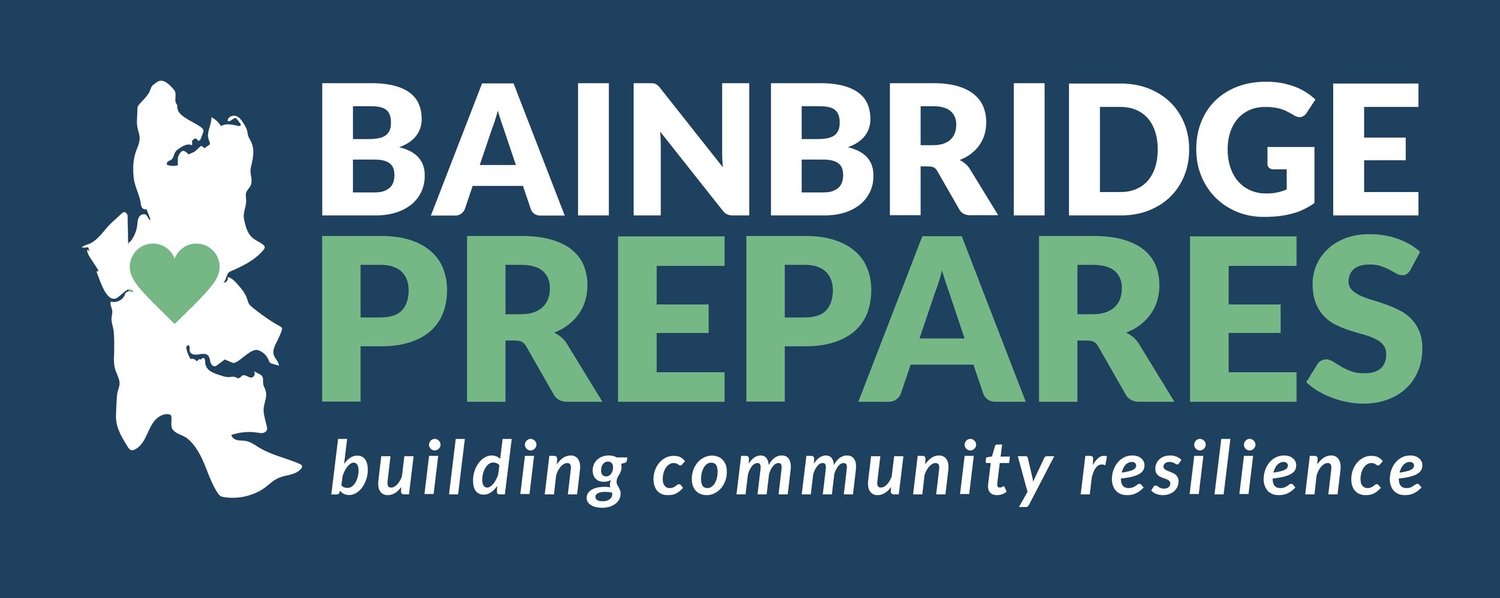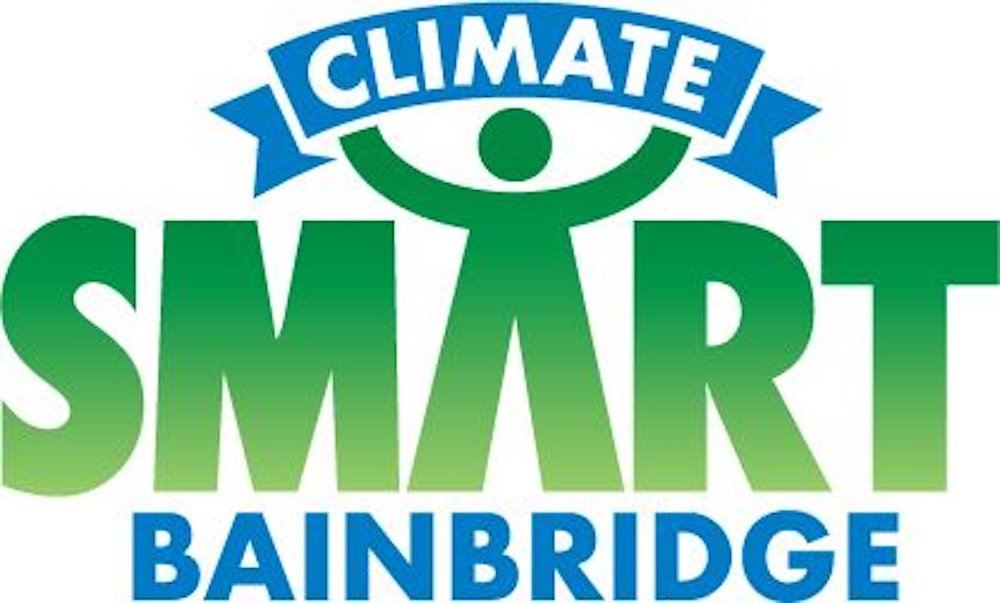Make a Climate Smart Communications Plan When Traveling
This year Bainbridge Prepares is teaming up with the City of Bainbridge Island Climate Smart Bainbridge Challenge to make your emergency preparedness more Climate Smart. What does that mean? It means taking climate change into consideration when you’re preparing your household for emergencies. The City’s Climate Smart Team has created recommendations for each month to match up with our Prepare in a Year 24 program.
The Prepare in a Year task for January is to create a communications plan. The City’s Climate Smart Team is focusing on creating a Climate Smart Communications Plan for when you’re traveling.
Although some climate-related events are universal, many disasters are influenced by the local environment and time of year. In Washington, we focus on preparation for earthquakes and wildfires, but families in the midwest are more accustomed to tornadoes and extreme winter weather, and those in the southern great plains regularly experience hurricanes and flooding. When you are preparing to travel, it is important to familiarize yourself with the local hazards for where you are visiting and to have a strong communications plan in place.
When preparing to travel to an area with different hazards, include these three tips in your communications plan to be prepared for localized climate disasters:
Learn about the local climate hazards for when and where you’re visiting. Travel during the hotter months may expose you to drought, wildfire, and poor air quality in many areas, while the colder months may bring on severe rain, snow or ice storms, flooding, and more. Familiarizing yourself and everyone in your party with the local hazards can help you to be more prepared and enjoy your vacation.
It’s important to have an out-of-area contact person for disasters that happen when you’re at home. But when you’re out of state, make sure you have an emergency contact back home with whom you can share your travel plans. Inform them of your schedule and travel details, ways to reach you (if it’s different from normal), and any excursions/experiences you have planned that may increase your risk of exposure to natural disasters (like backcountry skiing in avalanche-prone areas or backpacking during wildfire season). Also, give them the contacts of people you want them to notify about your status should a disaster strike.
Opt-in to local notifications by downloading emergency alert apps (and keeping your location settings up to date). Text notifications are frequently specific to your home area, so it’s important to have a way of receiving notifications for localized disasters while you are traveling. Apps and services like PulsePoint, Wireless Emergency Alerts, and American Red Cross Emergency broadcast notifications to devices within an affected geographic area.
Next month, the City’s Climate Smart Team dive into the types of disasters we are most prone to at home, and why it’s important to be Climate Smart all year.

